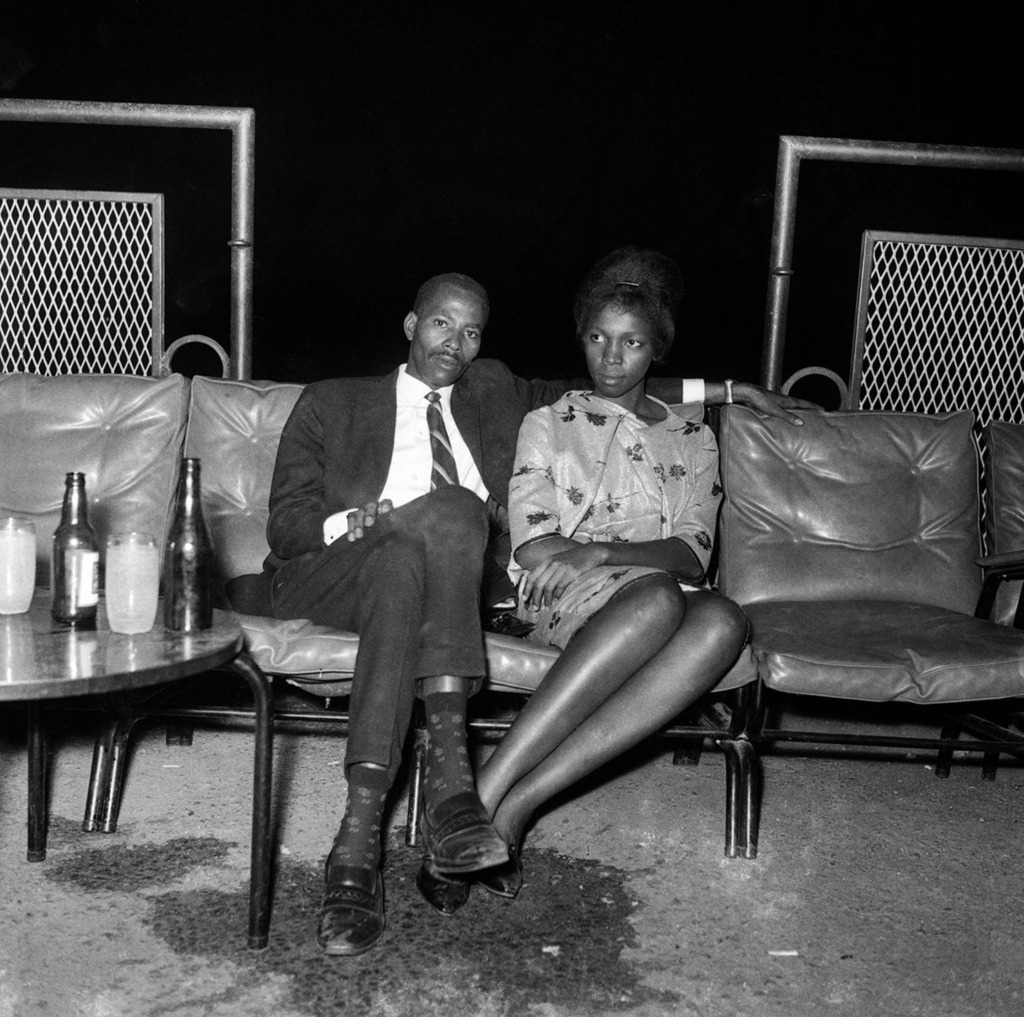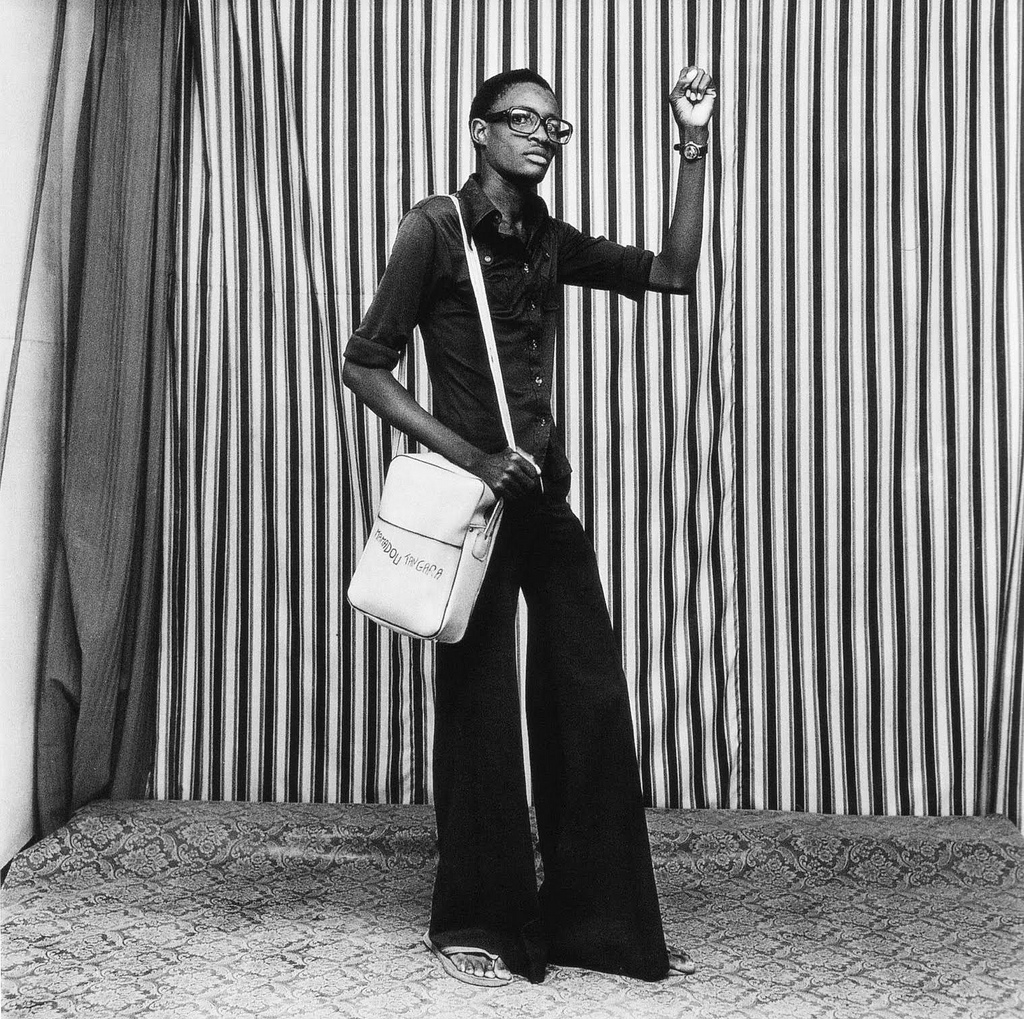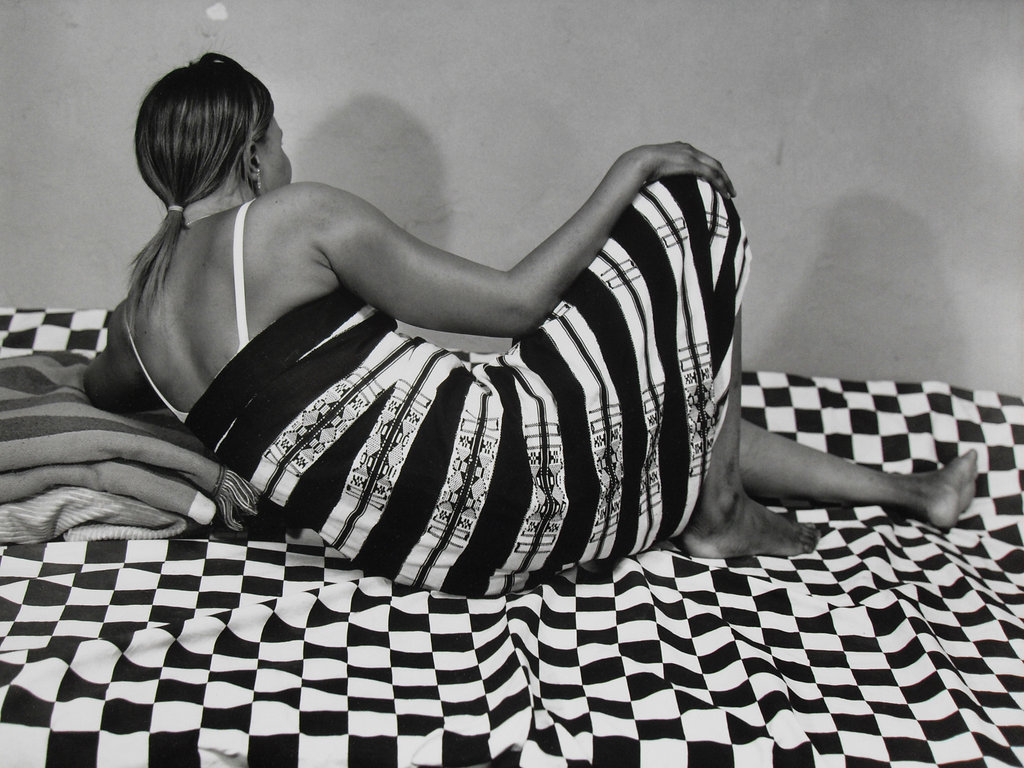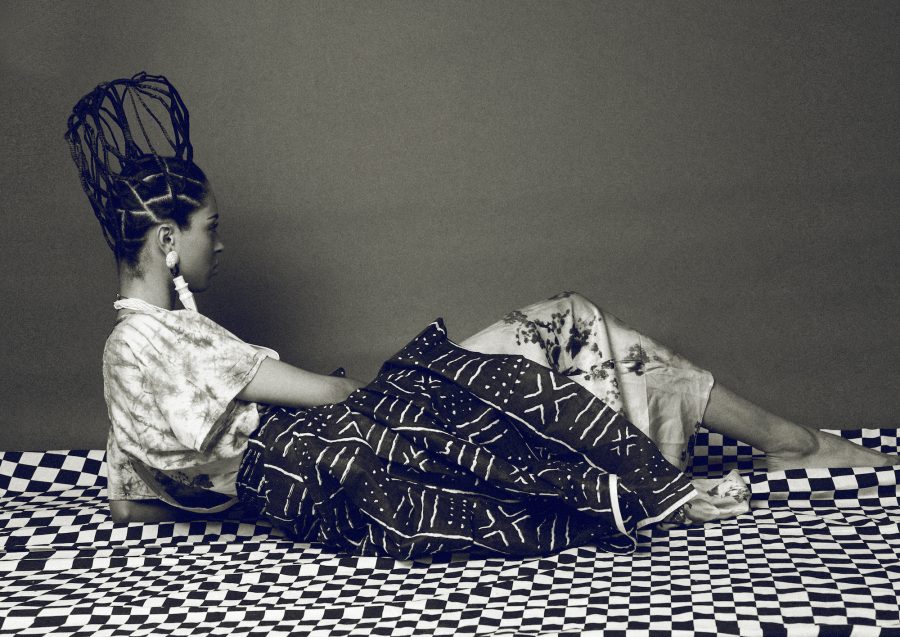Our ‘Studio Bamako’ editorial pays tribute to the late Malick Sidibé, the father of African photography who passed last year, and remains our forever inspiration.
Born in Mali around 1935, Sidibe had no idea what life had in store for him. It’s in the 1960s when the Cha Cha music and Rock ‘N’ Roll hit Mali that Malick found his calling ; taking stunning photographs of teenagers dancing to the music late at night.
And because it was frowned upon to dance suggestively (with the opposite sex) everyone would wait until dusk to go to the discos and get their groove on. And Sidibé was always there to capture every moment.
These stunning shots portrayed a country that had just gained its independence, and the freedom that came with it.

Self-taught, he would watch Gerard Guillat taking photographs and try to understand the basic concepts. Within no time, he could handle the camera so well, that he started getting offical invitations to dinners, balls and big colonial events. What happened next is a story that will be told both in Mali and the world over for decades to come. Mali was undergoing a social and cultural change and everyone was so eager to see and show it off.
Malick would go from party to party each night taking photographs of liberated African youths dancing the night away.

With around 400 negatives a week, it would take him a whole night to develop and print before handing the photographs outside his studio to people who would come by and purchase.
During his latest interviews, he reminisced those days with nostalgia. His studio was like a big house where everyone who came to have their picture taken would eat and even sleep.
Sidibé would himself sleep in his developing room.
And it’s the fact that he stuck to what he knows over the years that made him the legend that he is today.
During his lifetime, his life’s work has been shown extensively all over the world. In 2012, DePaul University Art Museum in Chicago set an exhibition in his honor ; ’Studio Malick’ gained so much recognition up to 2014, that the collection was showcased once more in Rollins College, Florida and Frances Lehman Loeb Art Centre situated in Vassar College.
In 2008, Fotografie museum in Amsterdam organized yet another exhibition, only this time to showcase his solo works.
These too were received warmly and managed to later travel to Musée Nicéphore Niépce, in Chalon-sur-Saône.
2008 was one of his best years ; right after the Netherlands, Sidibé’s photographs were exhibited at the University Art Gallery in California.
Malick Sidibé was the very first photographer to ever receive the Golden Lion for Lifetime Achievement Award — presented by the Board of La Biennale di Venezia in 2007 and the impressive Hasselblad Award which he won earlier on in 2003.
Even with the advancement in technology Sidibé never felt the need to move to digital photography. He stuck with black and white film all along saying he has never quite fancied color on photographs because it fades in the heat.

Up until his death, he stuck to his old guns, working in the same one room studio he began with.
He believed that that to be good at photography, one has to be able to put people at ease because, you have to capture their emotions, their essence, their soul. Sidibé opened his last solo exhibition last year, right before passing from diabetes.
Malick Sidibé remains an icon, and will forever make us appreciate art for what it is, and in its purest form.
An African legend who lived and presented art in the best way possible, managing to tell STORIES through his EYE, that will forever remain an embodiment of MALI’s transformation over the years.
